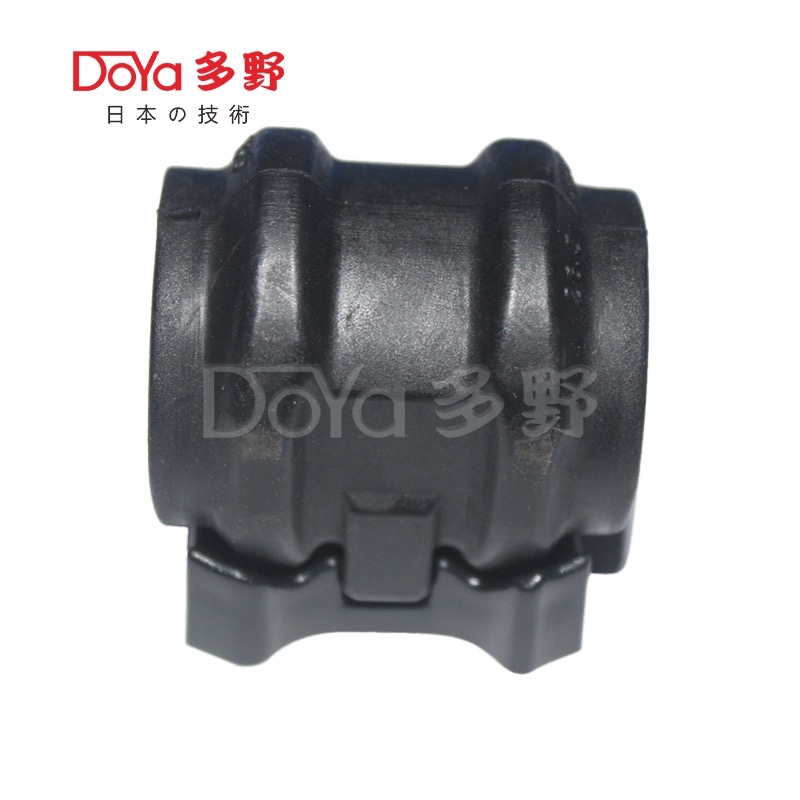Handling Hazards: Understanding How Worn Stabilizer Bushes Impact Vehicle Performance
2024-03-01
Introduction:
In the intricate interplay of a vehicle's suspension system, stabilizer bushes serve as unsung heroes, providing crucial support and stability during dynamic driving maneuvers. However, over time, these small yet essential components can succumb to wear and tear, compromising their ability to maintain optimal vehicle handling. In this blog post, we'll explore how worn stabilizer bushes affect vehicle handling and why addressing these issues promptly is vital for ensuring safety and control on the road.
1. Increased Body Roll:
One of the most noticeable effects of worn stabilizer bushes is increased body roll during cornering or sharp turns. As the bushings lose their elasticity and ability to resist lateral forces, the stabilizer bar becomes less effective in stabilizing the vehicle's chassis. This results in exaggerated lean or tilt to one side, reducing stability and confidence for the driver.
2. Decreased Steering Precision:
Worn stabilizer bushes can also lead to decreased steering precision and responsiveness, affecting the vehicle's ability to maintain a straight line and navigate curves accurately. With compromised stability and control, drivers may experience vague or imprecise steering feel, making it challenging to anticipate and react to changes in road conditions or traffic.
3. Reduced Cornering Performance:
As stabilizer bushes wear out, the vehicle's ability to corner effectively is compromised, leading to reduced cornering performance and traction. Without proper stabilization from the stabilizer bar, the vehicle may exhibit understeer or oversteer tendencies, causing it to push wide or lose grip during cornering maneuvers. This can increase the risk of loss of control and potential accidents, particularly in emergency situations.
4. Increased Noise and Vibration:
Worn stabilizer bushes can contribute to increased noise, vibration, and harshness (NVH) levels, diminishing ride comfort and overall driving experience. As the bushings deteriorate, they may fail to dampen vibrations transmitted from the suspension system to the vehicle's cabin effectively, resulting in a noisy and unpleasant ride for occupants.
5. Uneven Tire Wear:
Another consequence of worn stabilizer bushes is uneven tire wear, particularly on the inner or outer edges of the tires. With compromised stability and alignment, the tires may experience irregular contact with the road surface, leading to accelerated wear and reduced tire lifespan. This not only affects vehicle handling but also increases maintenance costs for the driver.
6. Compromised Safety:
Perhaps most importantly, worn stabilizer bushes compromise vehicle safety by diminishing stability, control, and predictability on the road. As handling characteristics deteriorate, the risk of accidents or collisions increases, posing a significant threat to the safety of the driver, passengers, and other road users.
Conclusion:
In conclusion, worn stabilizer bushes can have a profound impact on vehicle handling, affecting stability, control, and safety on the road. From increased body roll and decreased steering precision to reduced cornering performance and uneven tire wear, the consequences of worn stabilizer bushes are far-reaching and potentially hazardous. Drivers must be vigilant in recognizing the signs of worn stabilizer bushes and address these issues promptly to restore optimal handling and ensure a safe and enjoyable driving experience.



